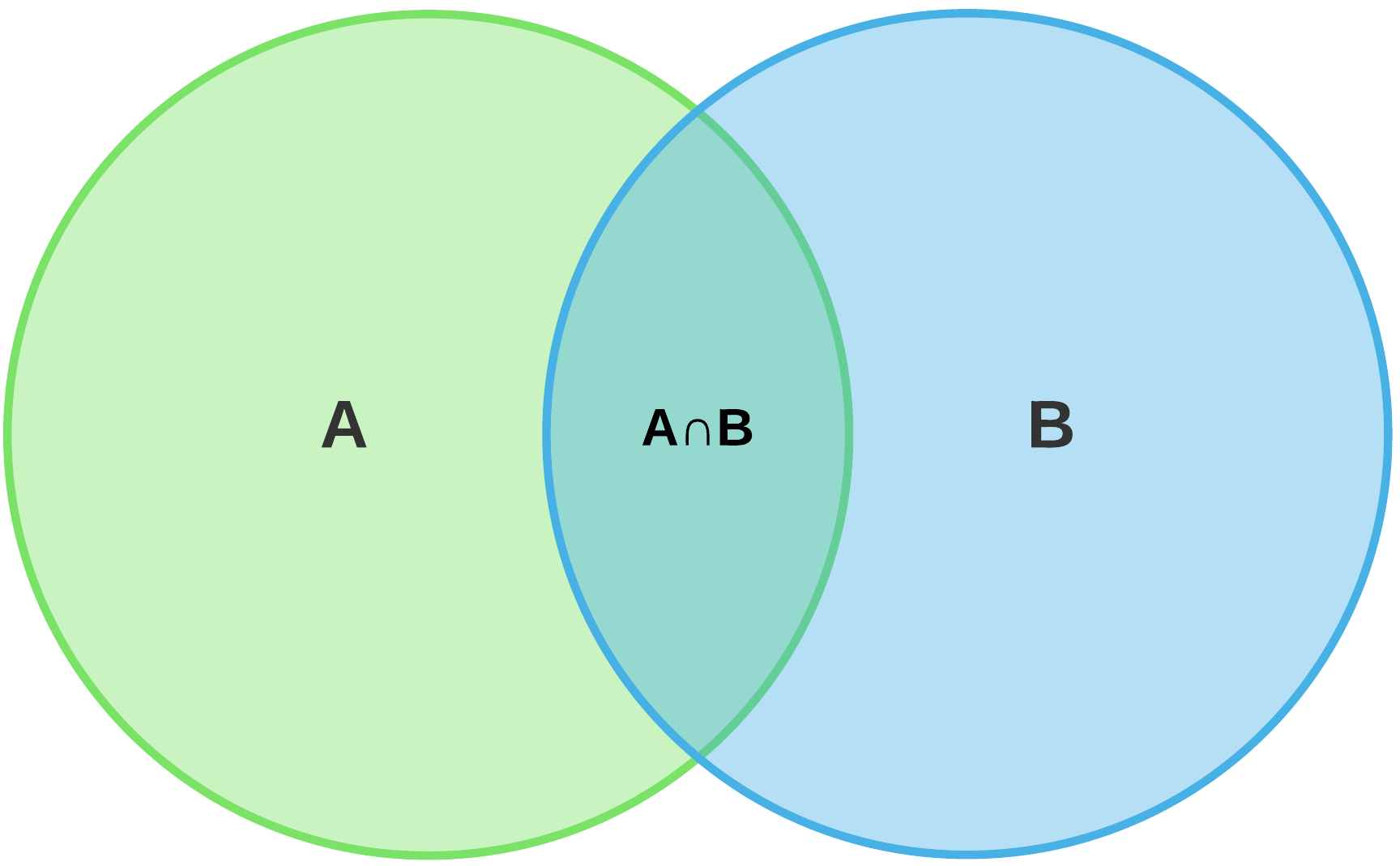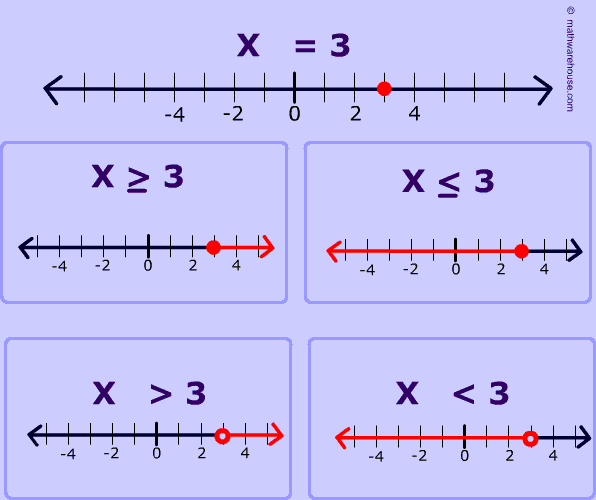Today We Discussed:
We began our unit on solving and applying proportions today, and introduced/reviewed some important vocabulary, beginning with ratios. A ratio is just a comparison of numbers by division. Students have seen ratios ever since they began working with fractions. When we talk about rates, we create a ratio of two numbers that have different units. We have already seen rates this year, when dealing with uniform motion - rate of speed (comparing a distance with how much time elapses).We also used conversion factors to convert rates. A conversion factor is a rate that is equal to 1 (multiplicative identity states we can multiply by 1 and not change the identity of our number). For example, a unit conversion would be 60 seconds per minute since 1 minute=60 seconds.
Finally, we used the means-extremes (cross products) property to solve proportions.
Vocabulary: ratio, rate, unit rate, conversion factor, unit analysis, dimensional analysis, proportion, cross products
Sections Covered in Textbook:
4-1: Ratio and Proportion (pages 182-187)
Resources & Tutorials:
1) What is a ratio?2) What are rates and unit rates?
3) What is dimensional or unit analysis?
4) What is a proportion?
5) How to solve a proportion by using cross products?
Assignments:
1) Ratio and Proportion Worksheet2) Chapter 3 Test Tomorrow (Chpt 3 Review is good practice - pages 175-177)








